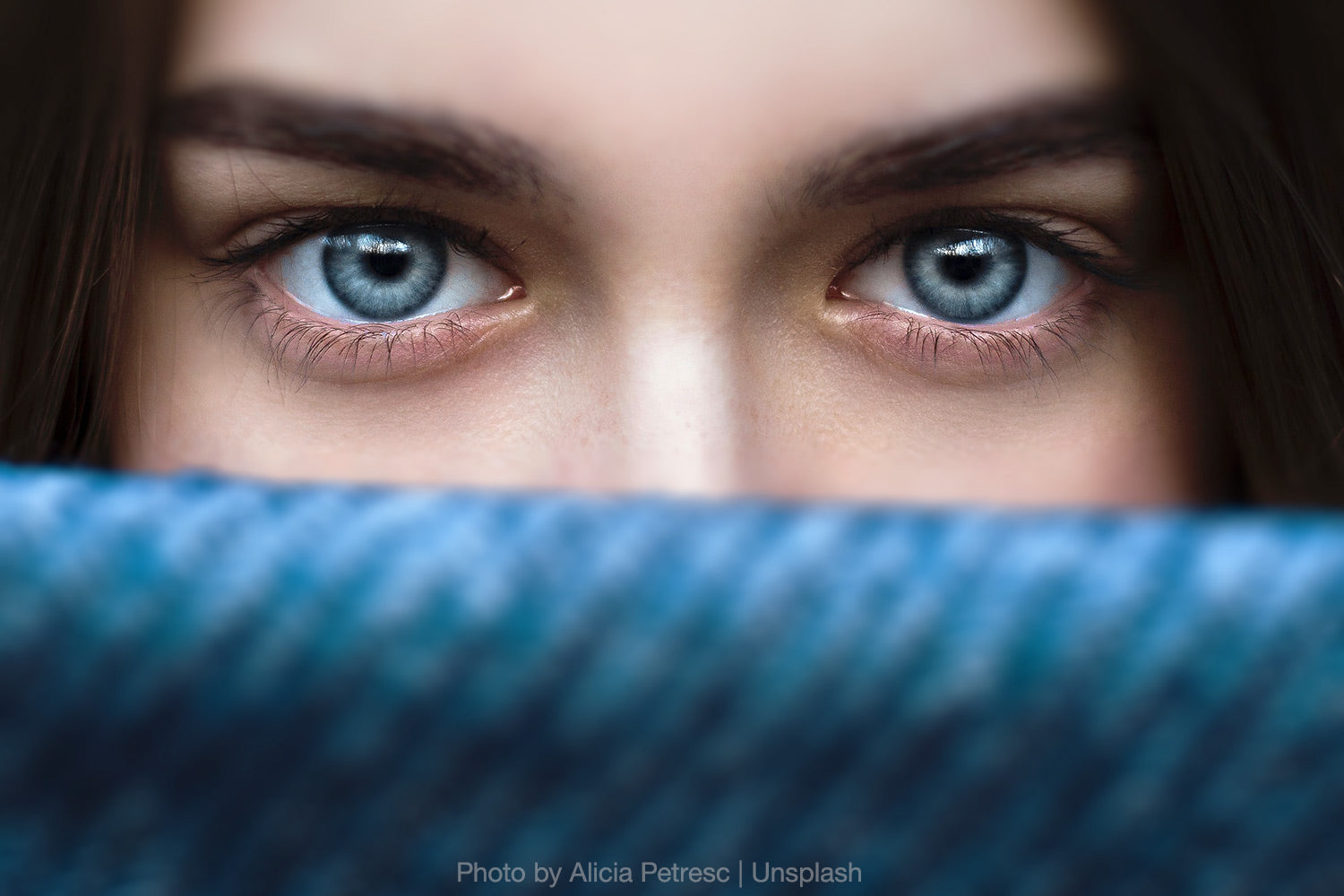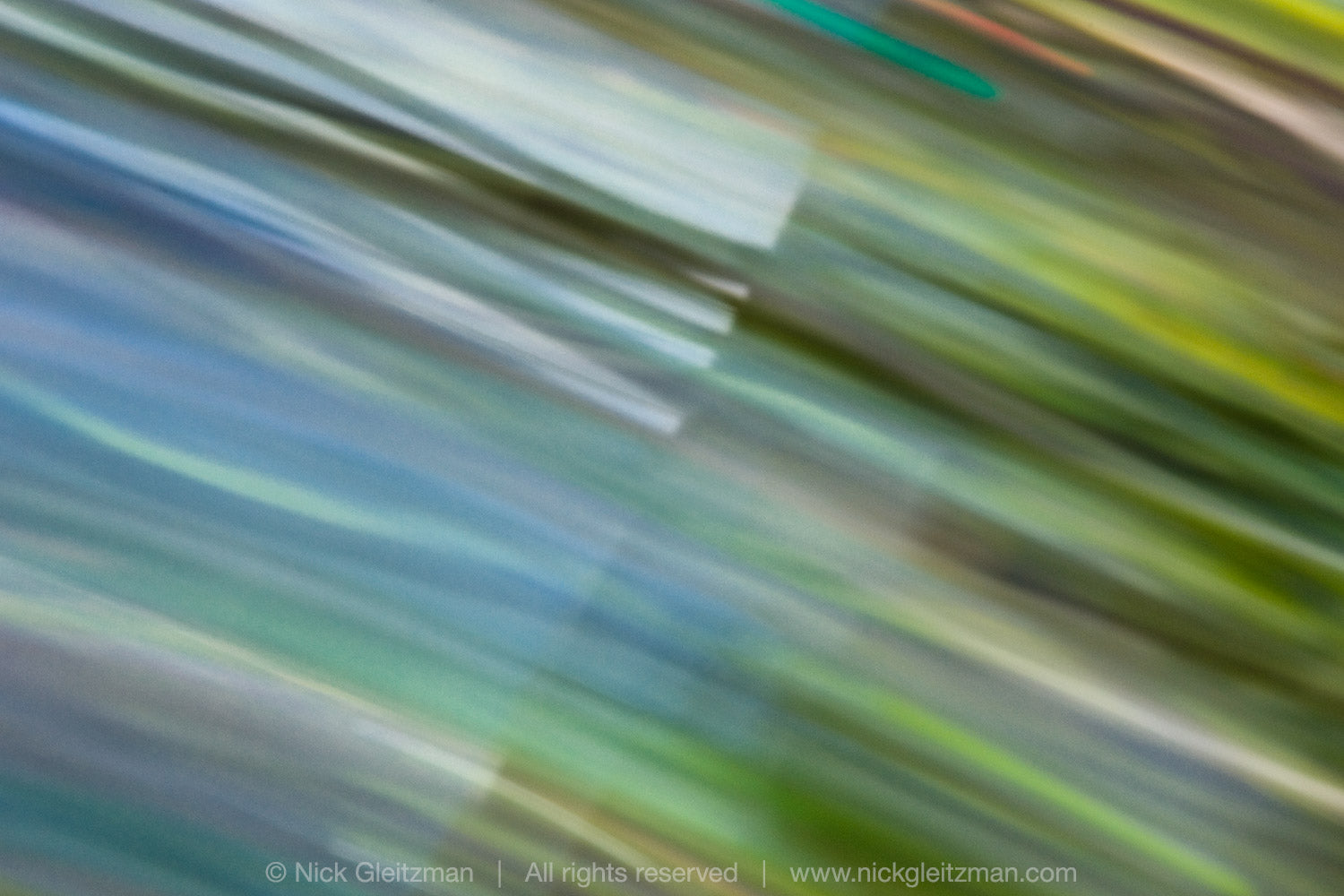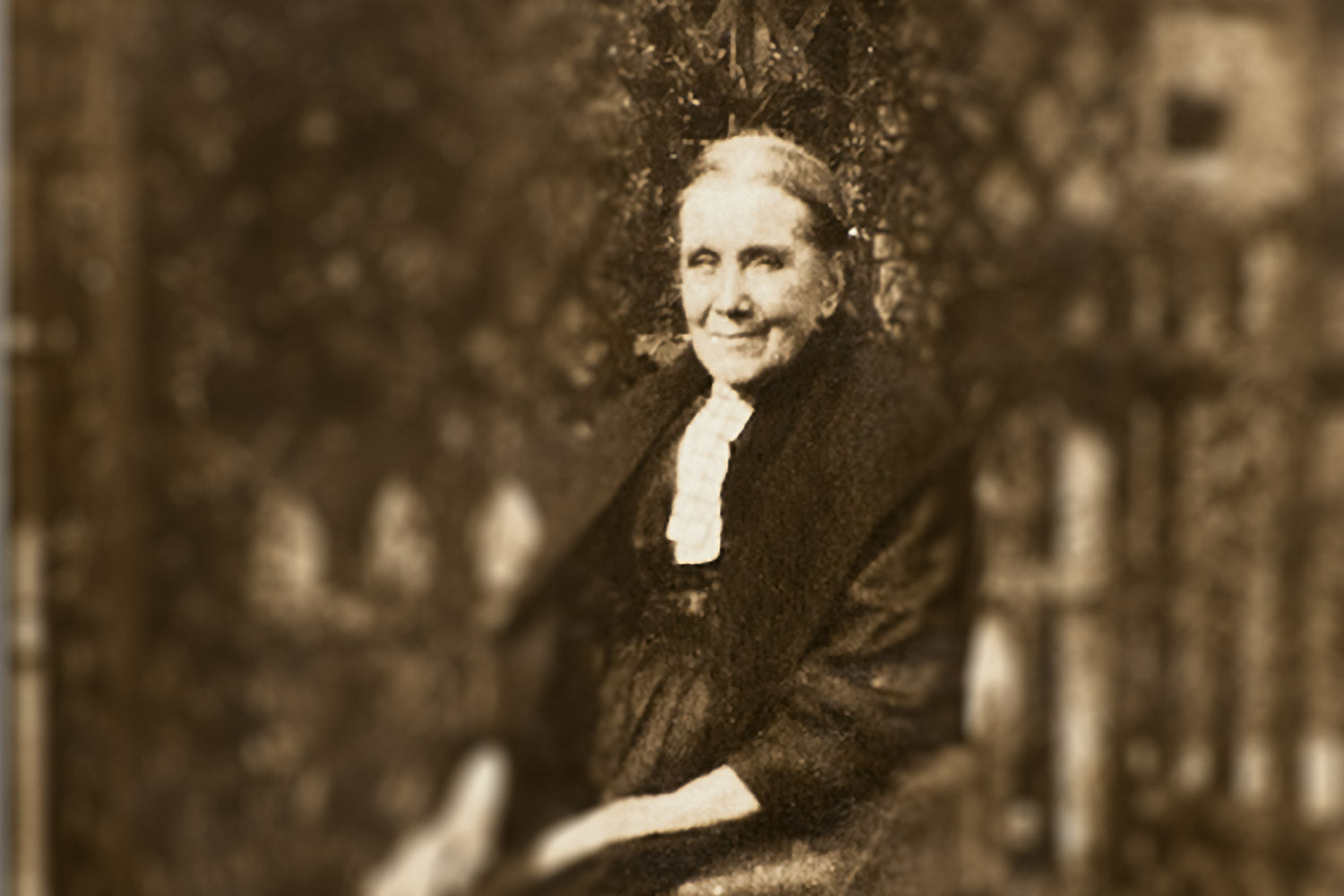There is no spoon.
~ The Matrix, The Wachowski Brothers, 1999
Occasionally, when customers are viewing my prints on display for sale, I’m asked the question, “Is this real?”
Now, I realise that few, if any, of these enquiries are really seeking a discussion on the existential nature of reality, but they do inadvertedly invite it.
The correct answer, if the question refers to a print, is yes – it’s a real piece of high-quality coated paper, with an image printed on it made up of anywhere from ten to one hundred million tiny drops of real coloured ink.
The more common, and imaginedly knowledgeable, question is, “Are these Photoshopped?” – to which the accurate answer is also yes. I use Photoshop (and Lightroom, and assorted other software tools) for every image I produce. They’re digital files; that’s how it’s done.
But these answers are not what the asker is actually seeking. What they mean is, “Did the scene that you photographed really look like that?”
The answer to which, if I’m honest, should more often than not be, “No.”
Every photograph ever made, from Niépce's first blurry heliographic image of the scene outside his window in 1827, to the photo you took today with your smartphone, is not ‘real’. They’re representations of the real world, fixed originally in a permanent form by a combination of physical and chemical processes – and now, of course, as digital data.
The degree to which photographic images accurately represents ‘reality’ varies wildly. For me, photography is an interpretive medium. I use it to tell stories, to invoke an emotional response, to provide a trigger for people’s own personal memories of a place, to show my visual interpretation of my world, and sometimes to challenge people's view of theirs.
For decades, before the invention and explosion of digital technology, I used film and a darkroom to make printed images. My craft was based on Ansel Adams’ Zone System, a technique which “provides photographers with a systematic method of precisely defining the relationship between the way they visualize the photographic subject and the final results.” 1
The key word in this description is ‘visualize’. The decisions and choices about how the final image will appear are made from the very beginning of the process, out in the real world, with the camera in hand, or on a tripod. Composition – which part of the real world will appear in the image – is important, but so are focus, aperture and shutter speed, all of which affect which parts of the image will be sharp, as is a decision about tonality – how light or dark the image will be, compared to how a scene or an object appears to my eye.
Whether in the darkroom or using software, the steps taken to ‘finish’ an image is an integral part of the creative process. First, global adjustments to brightness, colour, contrast, and saturation, followed by local adjustments to fine-tune the same variables in areas of an image that require it. The degree of change brought about by all these adjustments, both when shooting and during processing, varies considerably according to the interpretation I choose to make of my subject matter.
During the course of my career, I've become aware that there are other factors that have a strong bearing on that interpretation. Many years ago, I made a black and white print of a landscape which I was very happy with. A year or more later, a friend saw it and asked if he too could have a print. Sure, I said, no problem. So I headed into the darkroom, where I kept a detailed log book of how my prints were made – including ‘printing maps’ – and proceeded to follow the guide from my previous print, to duplicate it for my friend.
But no matter how closely I followed my own record, I could not make a print that looked the same. The negative I used hadn’t changed; the type of paper I used was the same; the chemicals I mixed to develop the print were exactly the same; the temperature was identical. I was always fastidious about controlling these variables, because consistency of technique is vital for creative control. Eventually, I realised that the difference was in me – over a year after making the first print, I had changed. My interpretation of the image changed. What I had done before just didn’t look right any more. I learned from that experience why a limited edition of a number of hand-made analogue prints needs to be produced in one session. Even then, there will be tiny differences from print to print; each one is like a fingerprint.
The question of how much change is acceptable is widely and passionately debated online. Digital editing software makes it possible to create images that are so far removed from being ‘real’ that they are perceived and labelled by purists as ‘digital illustrations’. Such images are frequently banned from photographic competitions, because the question of how much editing is too much is just too hard to quantify.
There are applications of photography that require a rendition of the subject that is as close as possible to the real thing. Scientific and forensic photography, for instance, reliy on accuracy for a range of reasons. Photojournalism is expected to remain faithful to the original, because we expect such photographs to be ‘truthful'. But even the great photojournalists – Cartier-Bresson, Smith, Lange, and hundreds more – produced images that were artfully printed to strengthen their visual impact, even if the subject matter remained unchanged.
Personally, I have no issue with retouching power lines or rubbish out of an otherwise beautiful landscape. I make no promise about the authenticity of my images in matching the real world; I create images of (hopefully) aesthetic beauty for their own sake.
As for the questions I receive about my work, I’ve found over time that the short answer, and one which satisfies most people, is ...
“I don't just show you what I saw, I show you how I felt.”
References
Also in 1,000 Words


Nothing Is Real 2


Terminal Velocity









